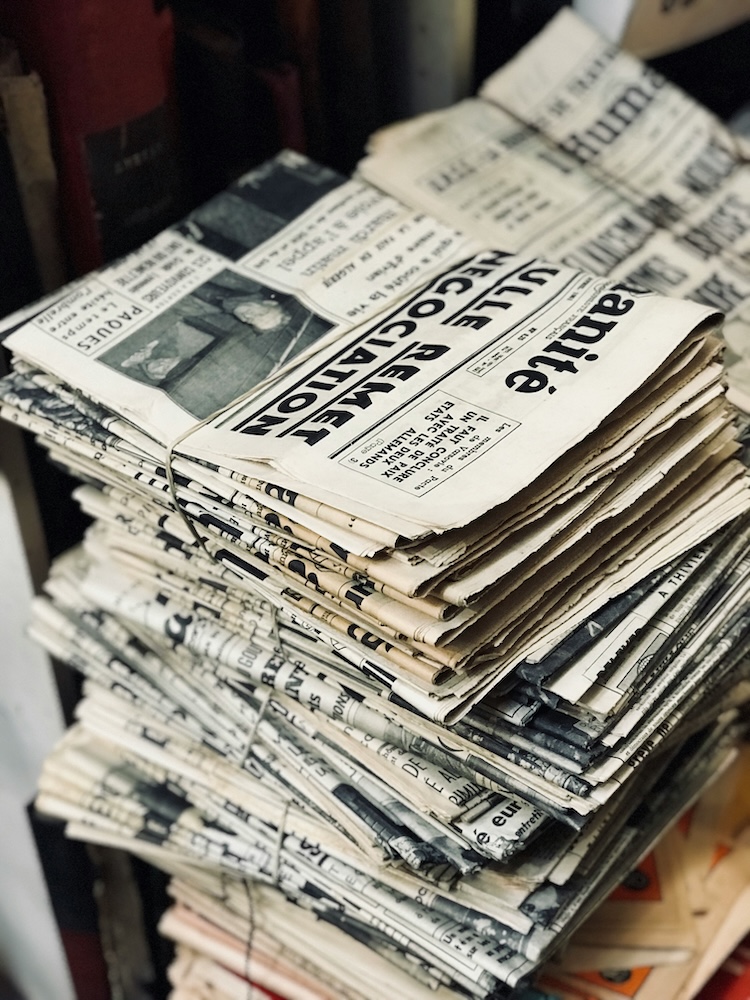“The Source and Fate of Things”
Have you ever considered what would happen if you were made to take responsibility for the sourcing, content and fate of all the “things” that you acquire? That means being held accountable for the impacts of mining raw materials, their transport, the manufacture of the goods and their distribution and finally, their disposal.
One can imagine that if this happened, the first thing that everyone would realise is that in the vast majority of cases, they do not know what “things” are made of and what goes into their manufacture. If you knew what went into many products, you might decide not to buy them. At the moment, you don’t have that choice because in many cases, you have no way of knowing what they are made of.
The most common example of this is food. Labelling laws in South Africa are very weak compared to most European countries. (If you want to check, look at the ingredients on the side of a local can or container of processed food and compare it with a similar container imported from Europe – the difference is startling.) We eat a considerable amount of processed food and many allergies are triggered by the multifarious additives, preservatives, colourants, flavourants, flavour enhancers, sweeteners, thickeners, stabilizers, emulsifiers, antioxidants, acidity regulators, curing agents, etc. that are included.
The same applies to many of the goods that we buy. You may recall the uproar that occurred, internationally, not so long ago regarding certain additives in plastics that were found in children’s toys, especially baby toys.
This is not just about what we eat (or put into our mouths…) and its impact upon our health. The same applies to what the waste material (when we throw it away) puts into our soil and water when it leaches out from landfill sites. It is probably fair to say that many fair-minded people would not purchase products that contained hazardous chemicals, if they knew that the chemicals were present and if they were given the choice of less hazardous alternatives.
As you might imagine, the rest of the world has given this problem some thought and come up with a way of better understanding the “ingredients” of their “things”. They use what is known as Life Cycle Assessment or Life Cycle Analysis (LCA), sometimes also known as “cradle to grave” investigation. LCA is a way to investigate, estimate, and evaluate the environmental burdens caused by a material, product, process, or service throughout its life span. Environmental burdens include the materials and energy resources required to create the product, process, or service, as well as the wastes and emissions generated during the process (See side bar).
By examining the entire life cycle, one gets a more complete picture of the environmental and health impact created and the trade-offs in impact from one period of the life cycle to another. Results of LCAs can be useful for identifying areas with high environmental or health impact, and for evaluating and improving product designs. In its advanced computerised form, the data from LCAs can be used to compare and contrast different products and services to help chose those with the least or most benign impacts upon health and the environment.
We still have a long way to go before LCAs become an important part of our choices for purchase and use of goods and services. However, the first step is to look carefully at labels, contents and ingredients lists and materials of manufacture. If these are not clear, or missing, search for information using the Internet. You could also see if you can find if any LCAs have been carried out on your product or service. There are a growing number of LCAs freely available. They may not necessarily give you all the answers that you require but they certainly will give you the means to ask focussed and pertinent questions of your suppliers.
Arend Hoogervorst is an environmental scientist with some 30 years of experience in South Africa in environmental management and sustainable development in local and central government, commerce and industry and private practice.
© Arend Hoogervorst, 2018.

